The purpose of vacuum machine for die casting is to remove air and gas from the mold cavity before injecting molten metal.
Vacuum machines are particularly indispensable in improving both the quality and consistency of the final product in the die casting process.
Especially in the case of die casting for a workpiece, they are critical for enhancing the flow of molten metal and minimizing the presence of gases and defects in the workpiece’s surface.
Implementing such technologies allows manufacturers to optimize the production process, achieve the desired quality standards, and conform to the requirements of different sectors.
This article explains the operations and advantages of using vacuum machines in die casting and their contribution to the process’s efficiency.
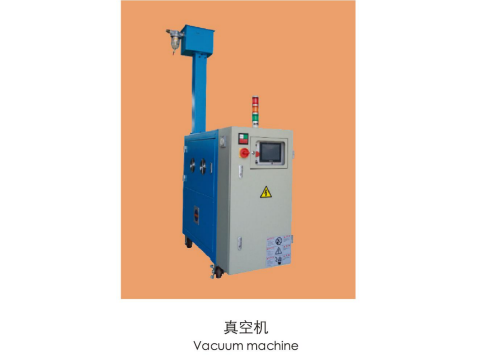
Purpose of vacuum machine for die casting
- Remove Air and Gases
- Improved Surface Finish
- Enhanced Structural Integrity
- Reduced Oxidation
- Improved Material Yield
Remove Air and Gases
A vacuum machine used in die casting needs to evacuate the die’s cavity to create a void. It helps to fetch any gases and pockets of air that are trapped during the die casting process by lowering the pressure. This step is critical since bubbles and voids can cause significant defects in the casting.
Improved Surface Finish
The vacuum device is able to eliminate bubbles, and thus improve the surface finish of the casting. Without trapped gases, enhanced flow of molten metal reduces the chances of surface defects during cooling and solidification.
Enhanced Structural Integrity
Air and gas removing enhances the casting’s structural integrity. The casting parts have better zoneline vacuum structures. Therefore, they are stronger and more durable as a result of being manufactured in a vacuum environment.
Reduced Oxidation
The oxidation of molten metals, which may greatly reduce die casting’s end product, is minimized while working within a vacuum. Therefore, better properties will still be retained in the casting.
Improved Material Yield
The efficiency of these vacuum die casting machines has increased the production of parts with better precision geometry for every batch cast. The increase of usable parts within a single batch is due to the significantly reduced waste in materials.
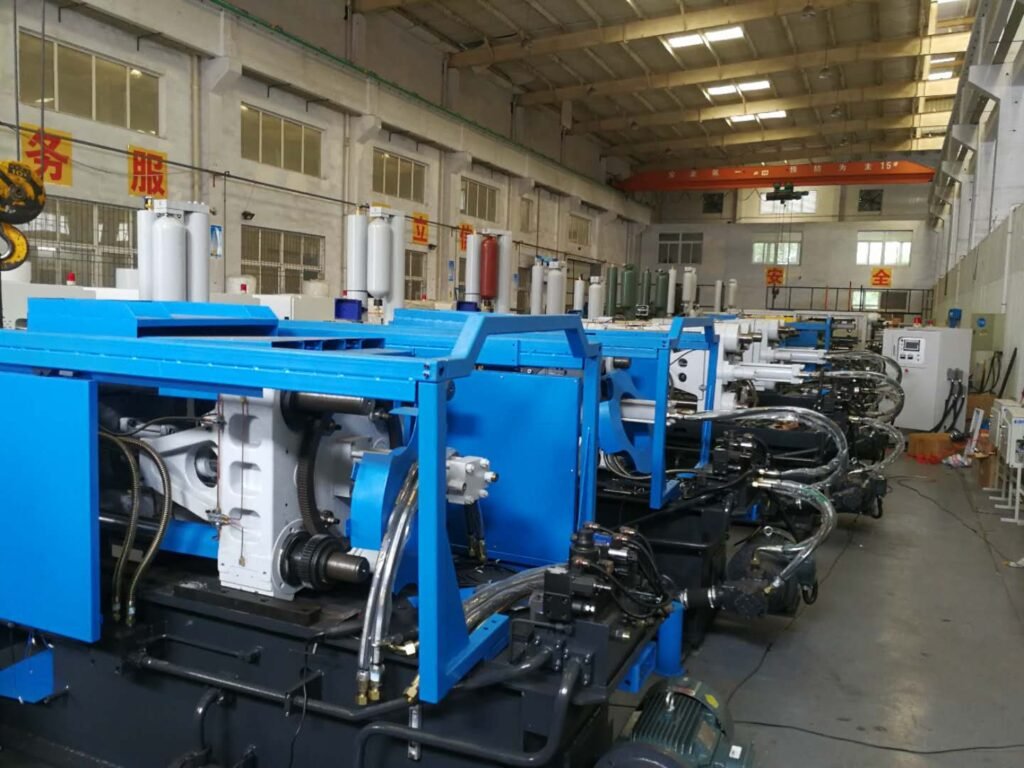
Impact on Product Quality
Enhanced Mechanical Properties
Reduction of porosity directly enhances tensile strength and elongation (e.g., AM60B magnesium alloy elongation increases from 8% to 16%). Blister free T6 heat treatment is possible, unlike gas-rich castings.
Superior Surface and Dimensional Integrity
Surface blemishes such as blisters and cold shut, as well as oxidation inclusions no longer exist. Surface roughness is now Ra 0.8–3.2 μm achieving less need for post machining.
Material-Specific Benefits
Advantages Aluminum and magnesium alloys: Controlled vacuum casting reduces gas interaction problems and porosity shrinkage, increasing overall quality.
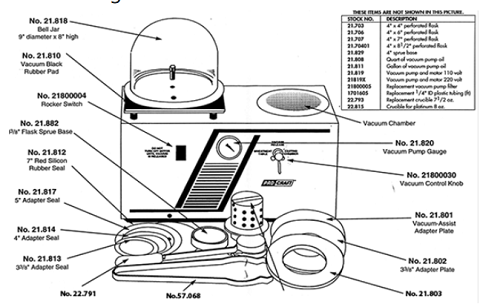
Industrial Applications
Vacuum die casting is vital for high reliability components:
- Automotive: Engine blocks, structural chassis components. (Tesla’s giga-castings employ vacuum systems for streamlined production).
- Aerospace: Turbine blades with high density, zero porosity requirements due to extreme pressure.
- Electronics: Complex finned magnesium alloy radiator heat sinks.
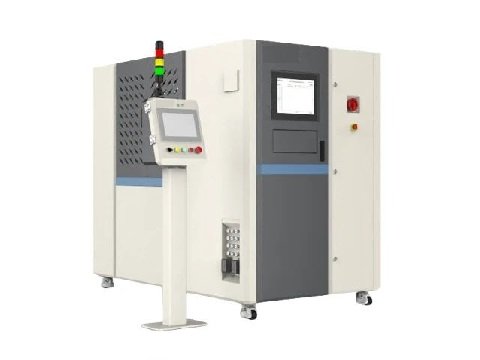
Advantages of Haichen vacuum machine for die casting
The structural and surface refinement of the die-cast parts is better and free of bubbles and impurities due to the controlled environment within Haichen’s vacuum machines.
The retained material properties and quality for the parts is due to the decrease of casting defects, such as porosity and voids, as a result of vacuum machines. Better quality and stronger parts are achieved through the care free molten metal and gas flow.
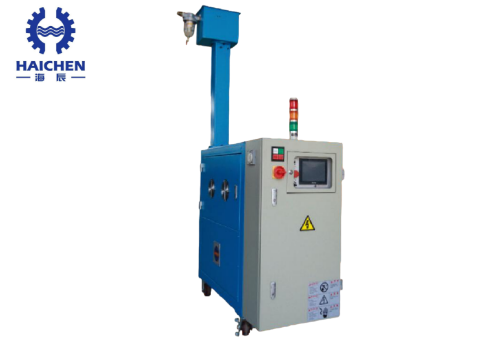
The higher quality castings with superb surface and vacuum machine in die casting systems is essential for achieving the endeavors and structural integrity which are the result of die casting.
As technology advances, the role of vacuum machines in die casting becomes even more important.



